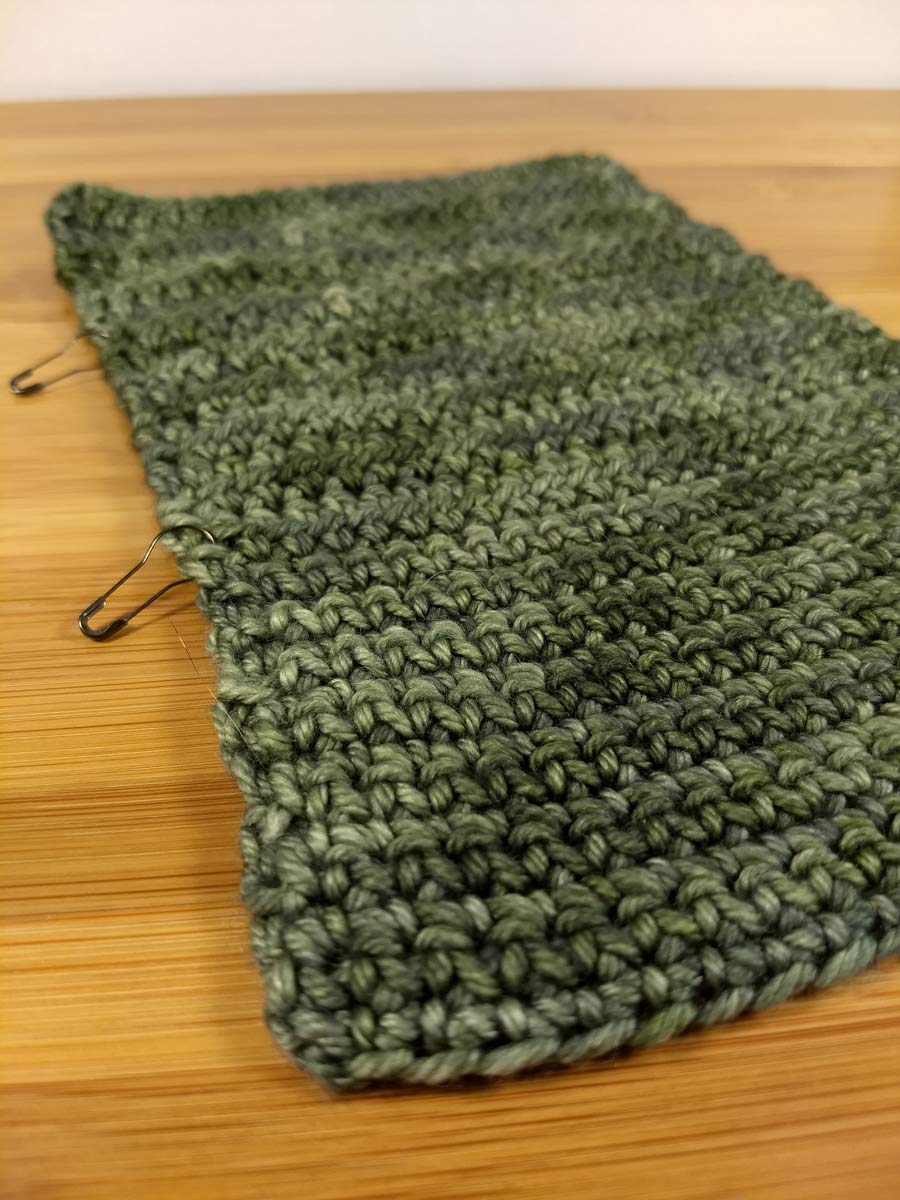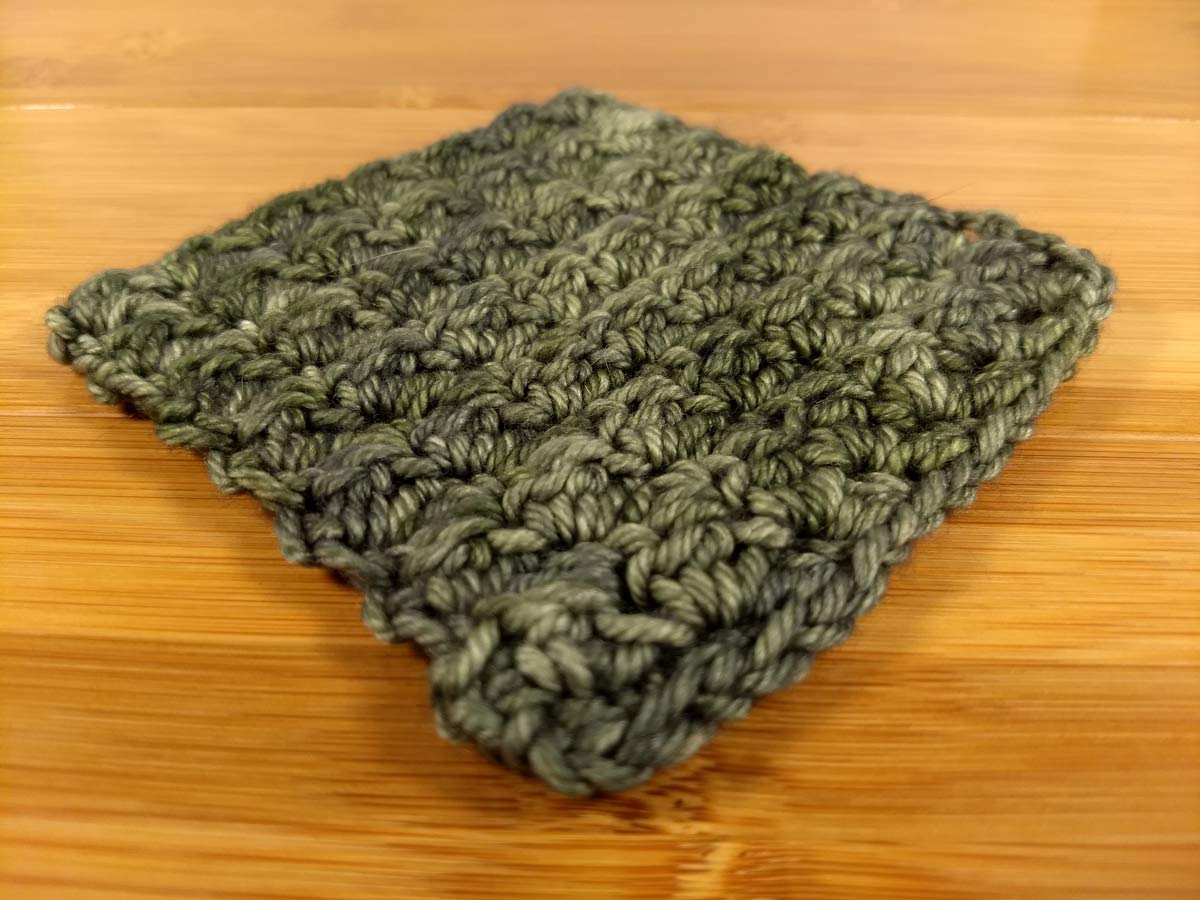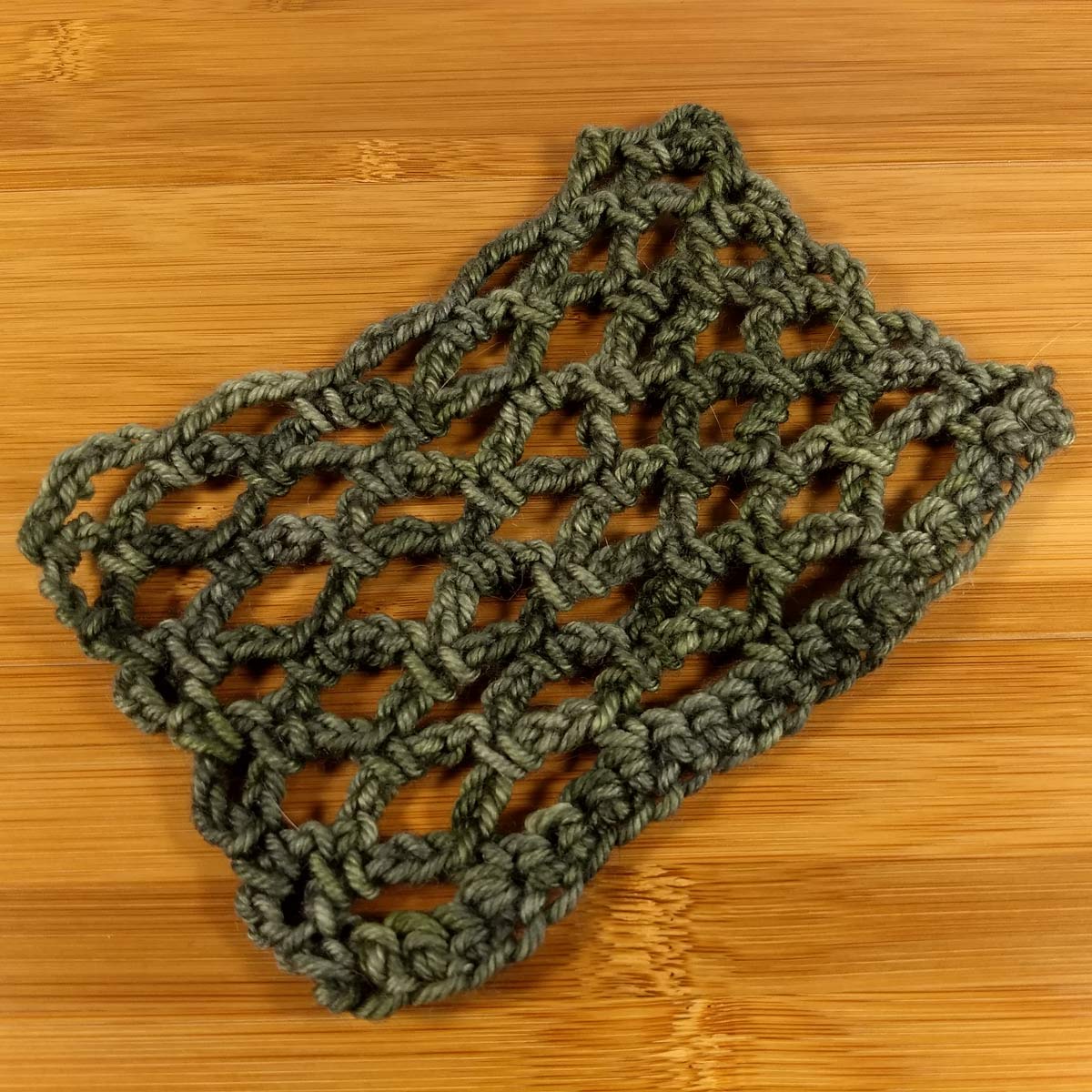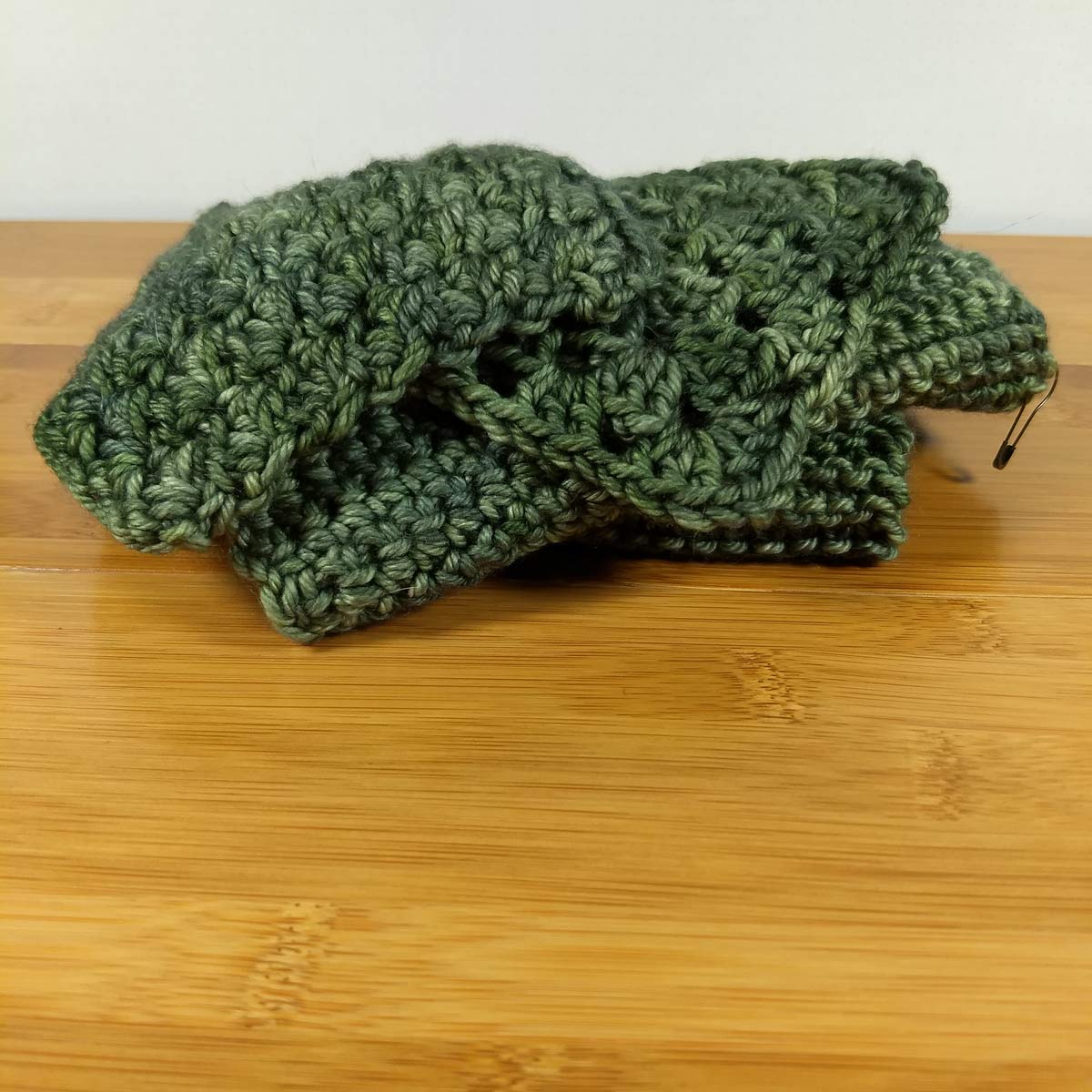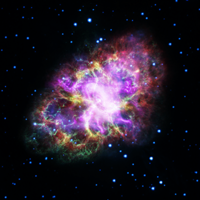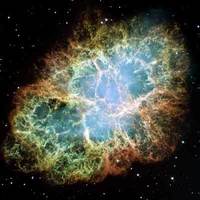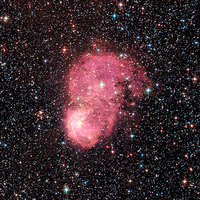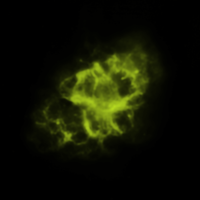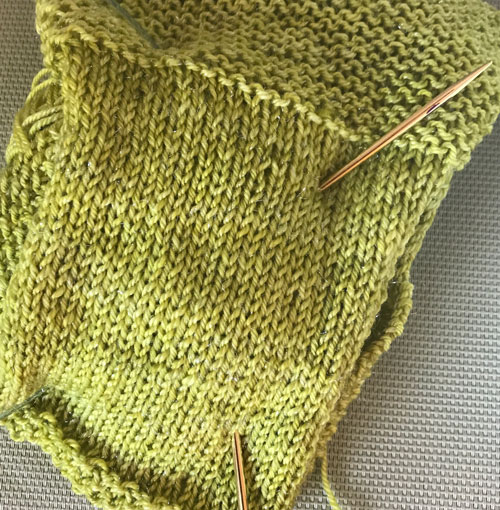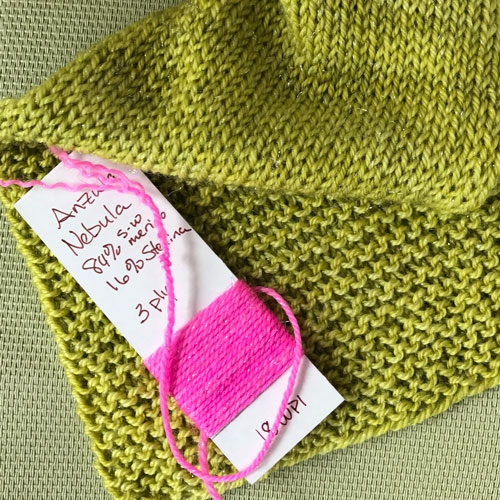Meet the Yarn: Milky Way, Part 2
Milky Way
80% Milk Protein, 20% Superwash Merino
+/- 500 yd / 457 m
8.5-9 sts / in US #1
Jill introduced Milky Way last May. In this post, I'll investigate how it behaves with a crochet hook.
What is Milky Way? It's categorized as a light fingering weight; Anzula creates skeins that are generous, about 500 yards (114g)! The fiber composition is 80% Milk Protein, 20% Super-wash Merino and it's a multi (four)-ply yarn.
This is also the first Anzula yarn I began to work with, so it is my favourite. Ok, one of my favourites--in truth I love them all. When I first saw it I knew it begged for a crochet hook. I enjoy knitting with it, but I think this yarn really shines in crochet.
While the milk protein creates quite a bit of grab when worked up, I found this yarn can be prone to more slipping than I expected. Yes, hand winding 500 yards sounds tedious, however I now recommend it. Why? I often mistreat my working yarn and it gets tossed in a project bag and while protected, those bags often get shoved into other bags. That can very quickly create a tangled mess that I've found doesn't happen with hand-wound balls. This is, in my opinion, a feature of the yarn and once I knew to work with it I no longer ran into issues. I'll post a photo of that further down in the post. It's not pretty (or fun to untangle).
The four plies of this yarn can split, but I found I was less likely to cause this with a pointed hook than a rounder one. I can attest that you can work and rework and rework the yarn again. I have a design I've been working on for almost five years that has survived a significant amount of ripping and do-overs.
What is this yarn good for? Any project where you want beautiful drape. Should you measure hanging gauge for this yarn? This will change depending on many factors from your basic gauge and stitch pattern to the construction of your project. If you are concerned, then I urge you to measure your swatch! I plan to cover a comparison of hanging gauges for different yarns in a future post (I need to figure out how to photograph them). With the high percentage of inelastic milk protein, if you are expecting ribbing to behave, I would call in some supplemental elastic to reinforce it.
I love this yarn in a half double crochet; that's my default crochet stitch though it's also lovely in both single and double crochet. It creates beautiful drape at 5 spi in single crochet. I love how the yarn takes the dye and works into crochet stitches. How does a simple crochet stitch compare to a knit swatch? I have a certain reputation as a "tiny knitter" and couldn't resist working it up on 2mm needles creating a stockinette fabric of 9 SPI. Wow. It's lovely, and the drape is amazing at this gauge.
Knit and crochet swatches of Milky Way in simple stitches: stockinette, garter stitch, single, half-double, and double crochet.
How is this in a tried and true granny square? It pops next to garter stitch. I worried the motif would be flat and lifeless. It isn't. Do be careful when trimming yarn ends after working them in, I almost nipped the motif and the wayward ends want to be in the photos.
Milky Way granny square swatch next to garter stitch.
When I created my texture swatch I discovered a new love. Because this is a light fingering weight you can play with textured stitches that otherwise might add unwanted bulk or warmth to a project. I know this will create lovely garments and accessories.
Milky Way crochet texture swatch.
This simple lace surprised me. This is the swatch where I had some issues with split stitches and a hook switch solved my problem. While this swatch is unimaginative, upon blocking my apathy to this particular swatch grew into adoration. I think it would be great for transitional and warm weather wear. The merino adds a hint of warmth without being overbearing.
Net stitch in Anzula Milky Way.
The slight issue with my slippery yet sticky yarn? Here's a nice picture of a mistreated yarn cake. I found if I wasn't paying attention to my work area and some cat fur wound its way in, the result was super sticky stitches.
A Milky Way yarn cake that had a minor mishap.
To end on a positive note, in addition to a baby/child cardigan that I hope to finalize and publish soon, based on the work in writing this post I now have sketches for accessories in textured and laces stitches. I'll try to release them soon!
Pile of Anzula Milky Way swatches.
All Milky Way swatches were worked in the Seaside colorway.








